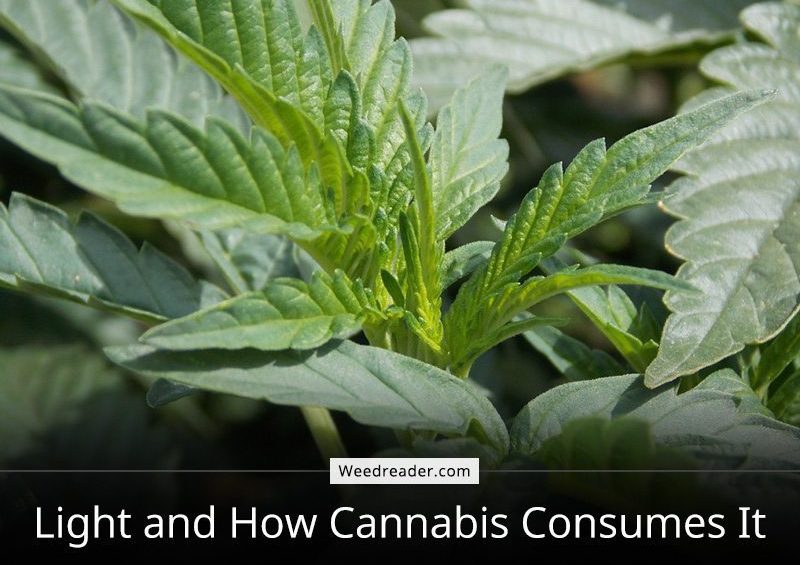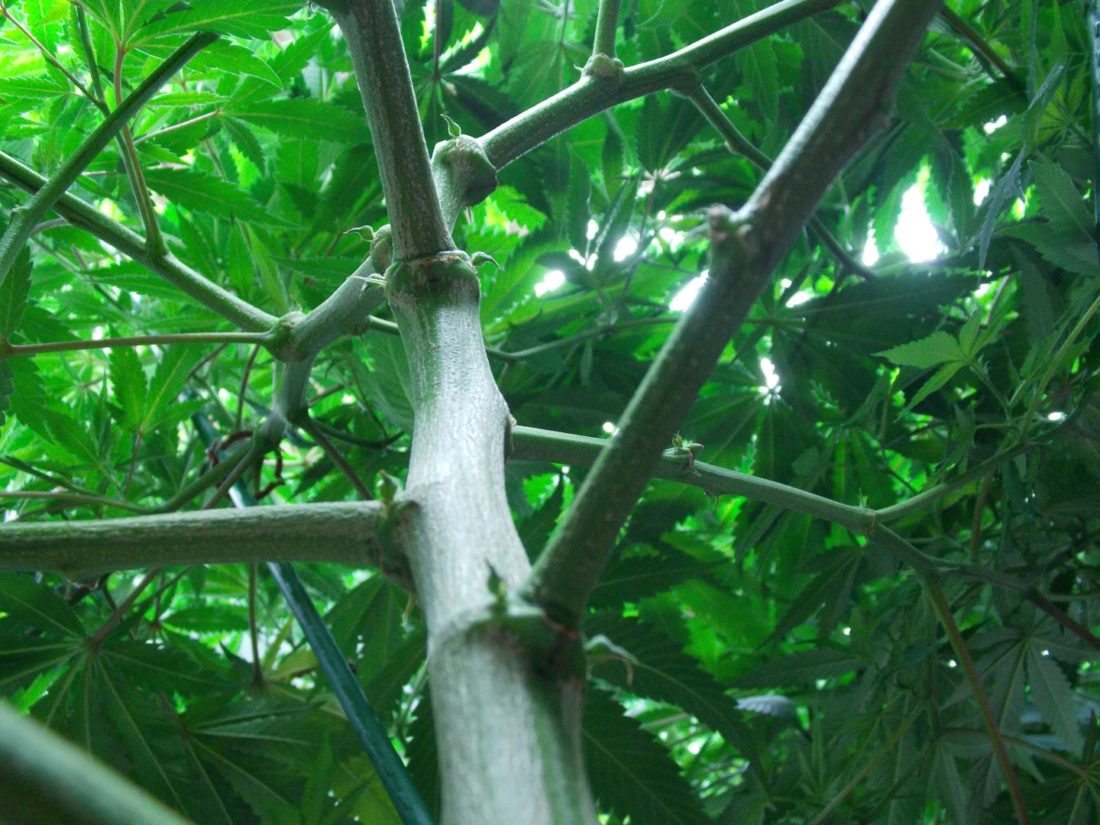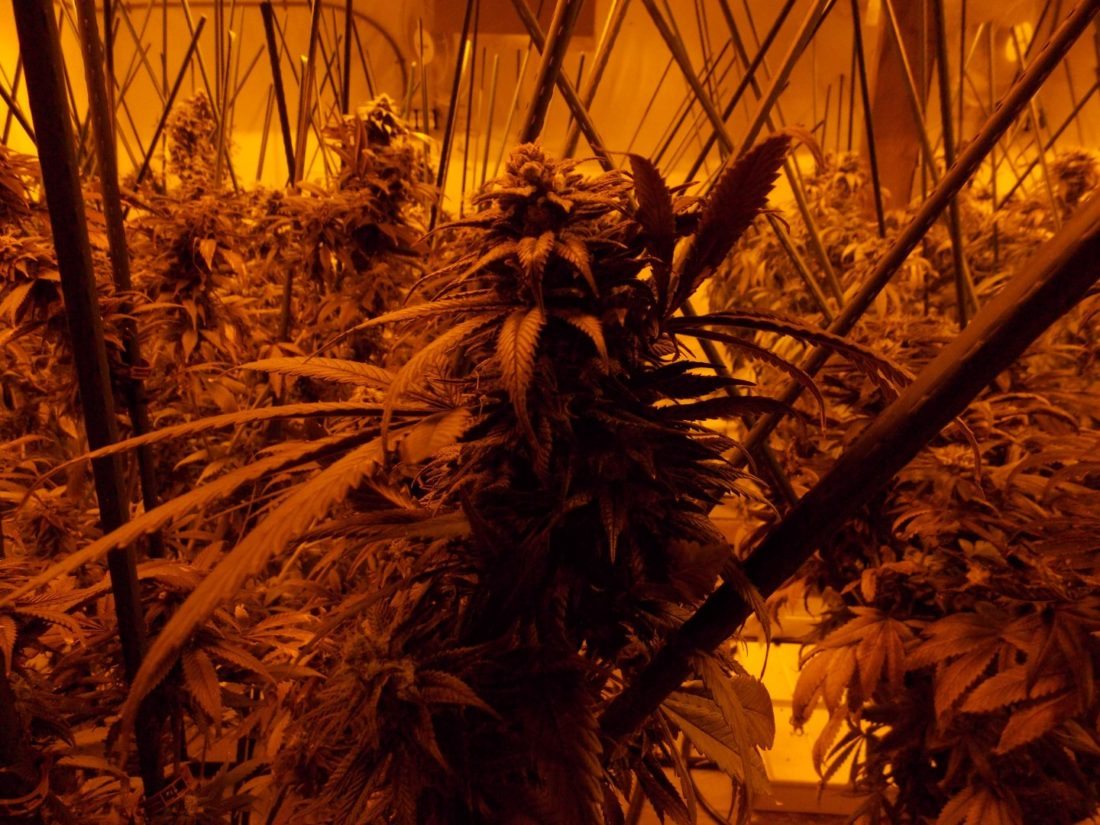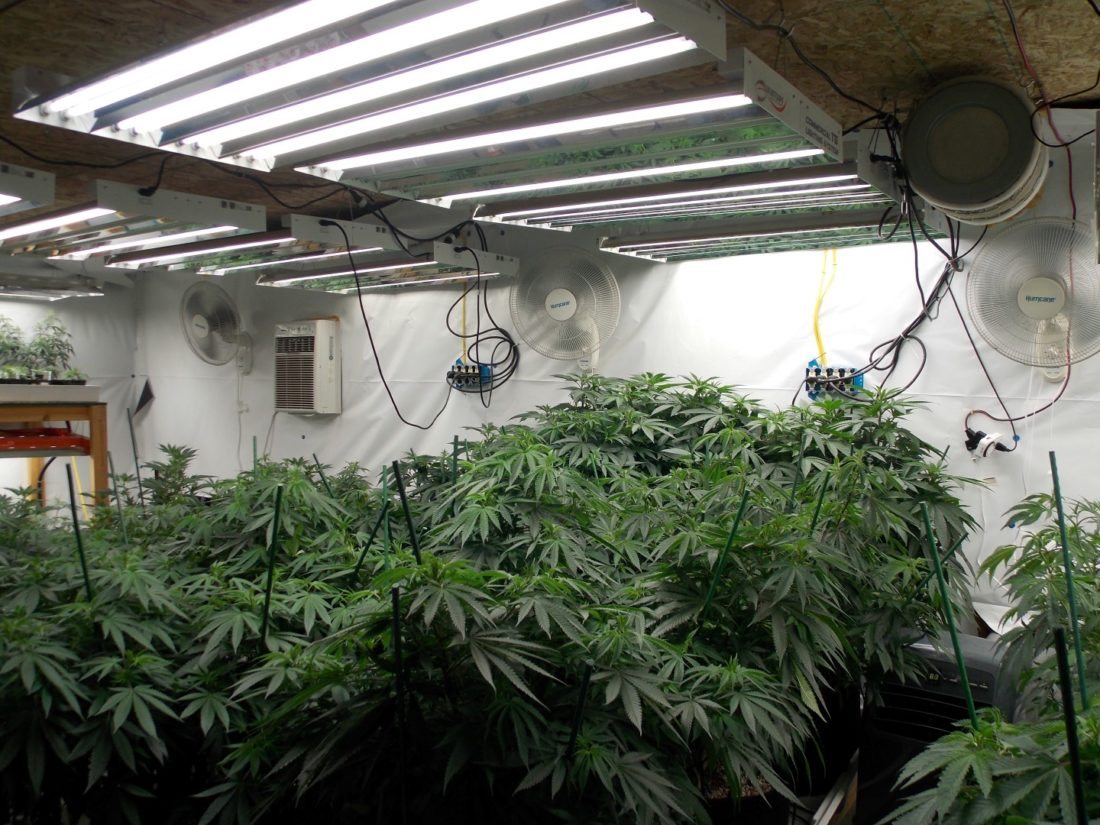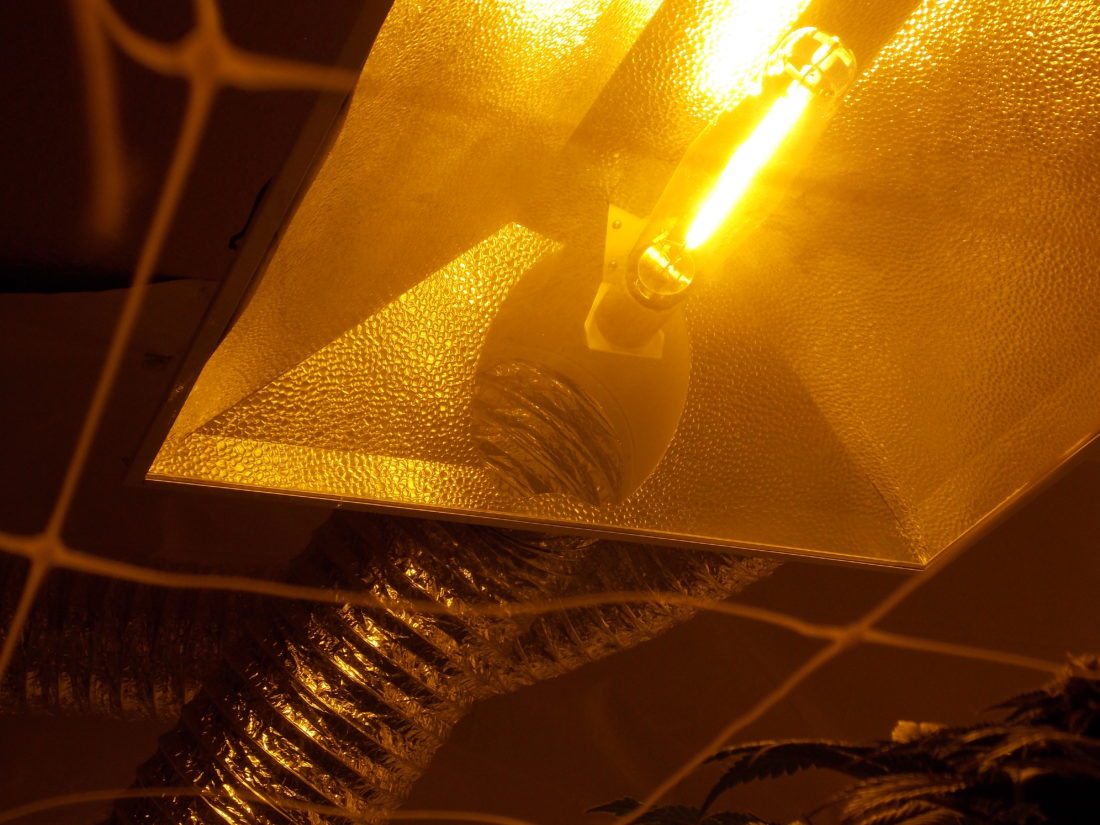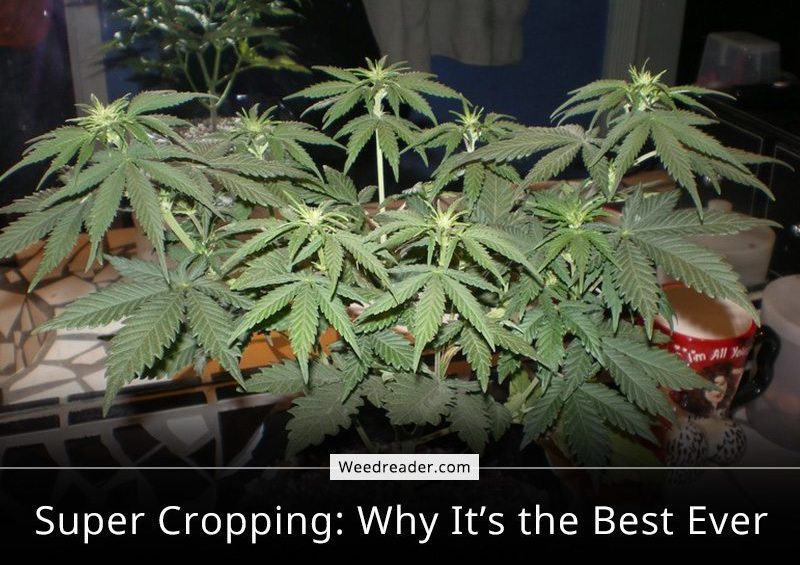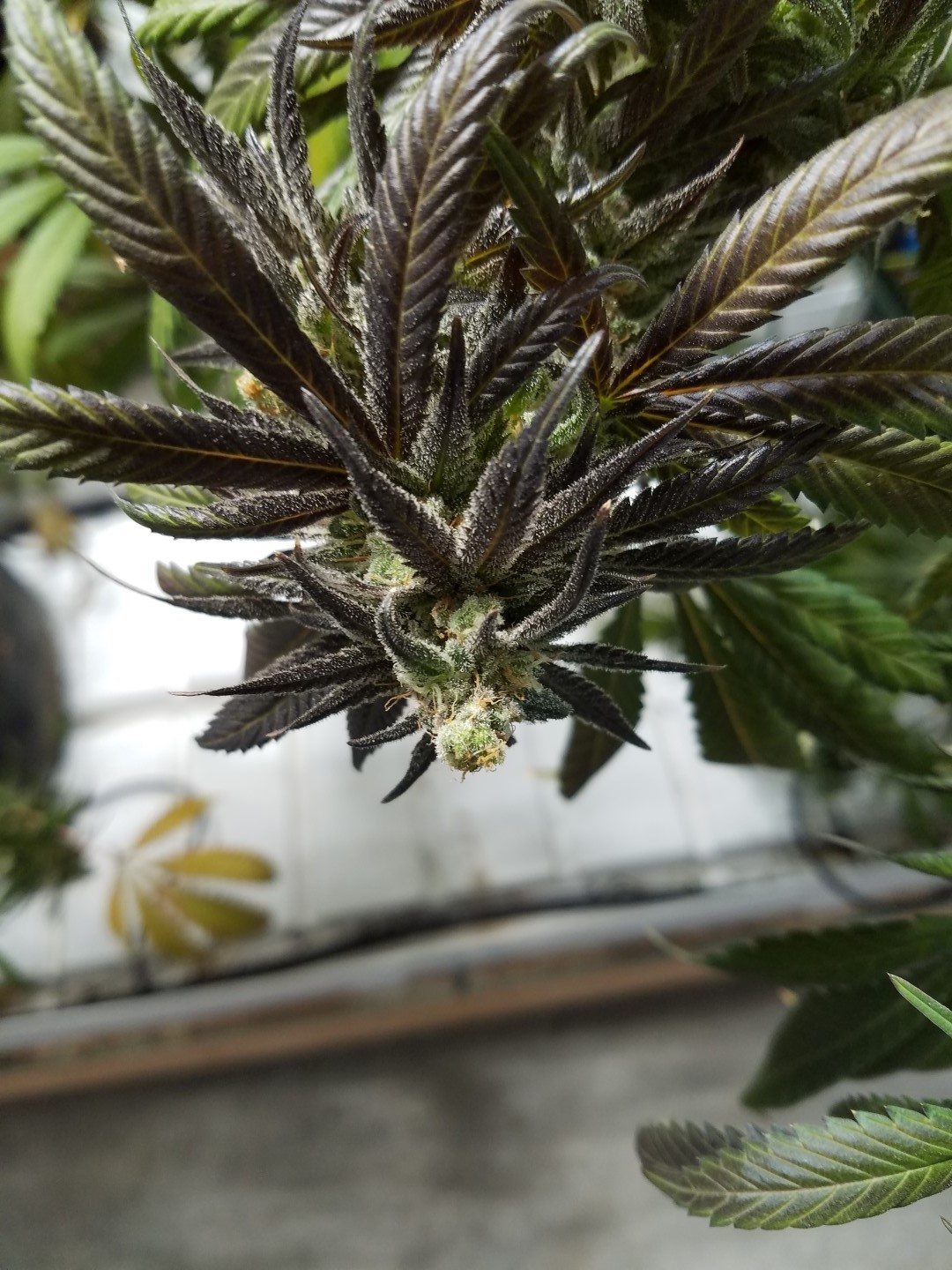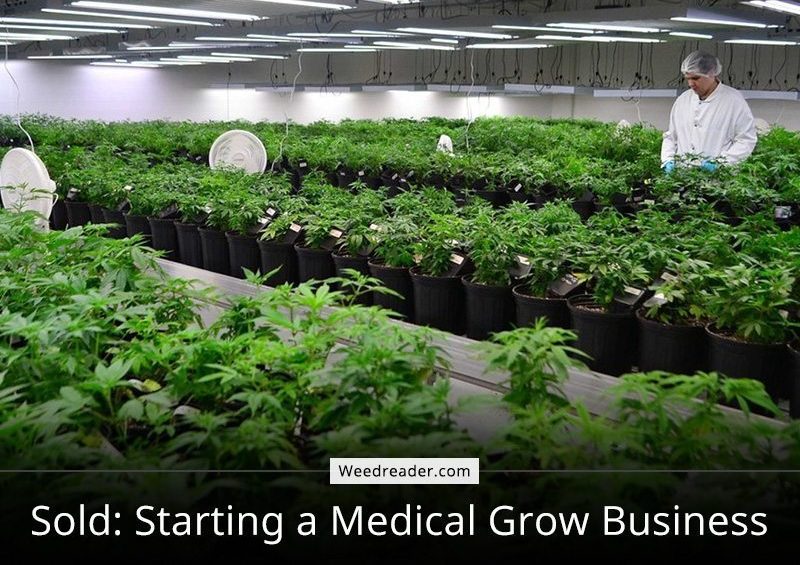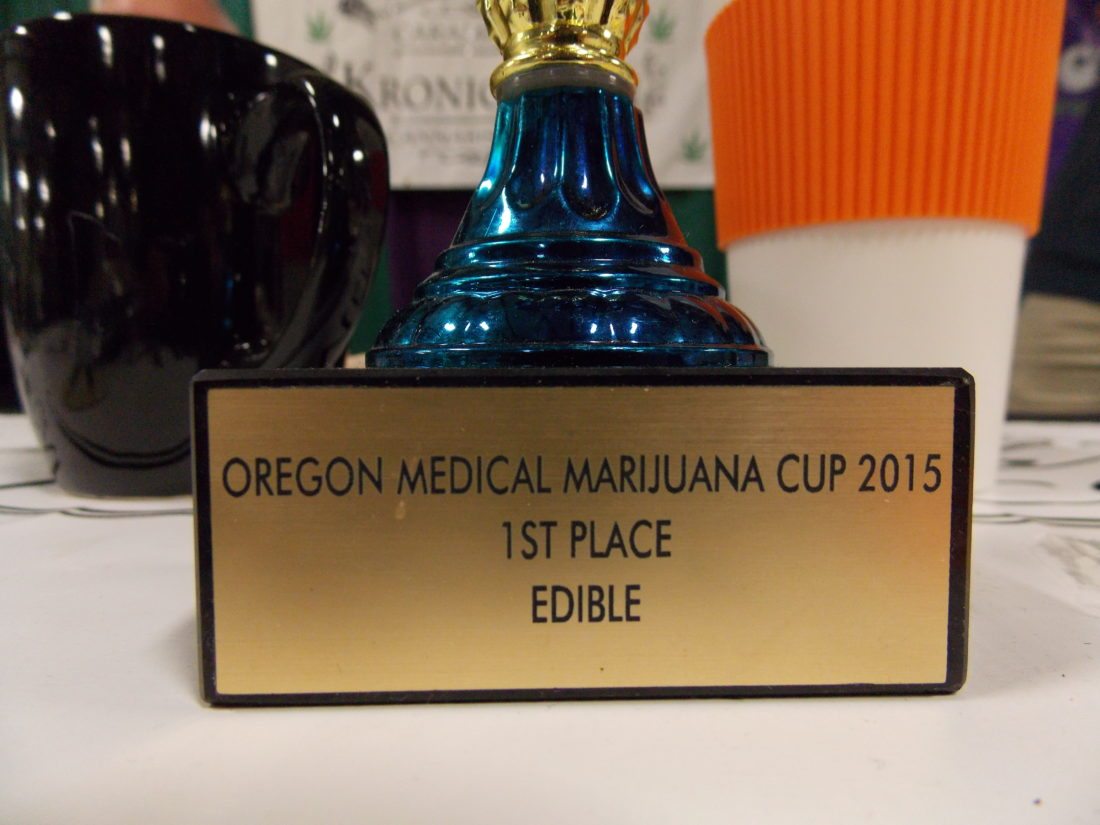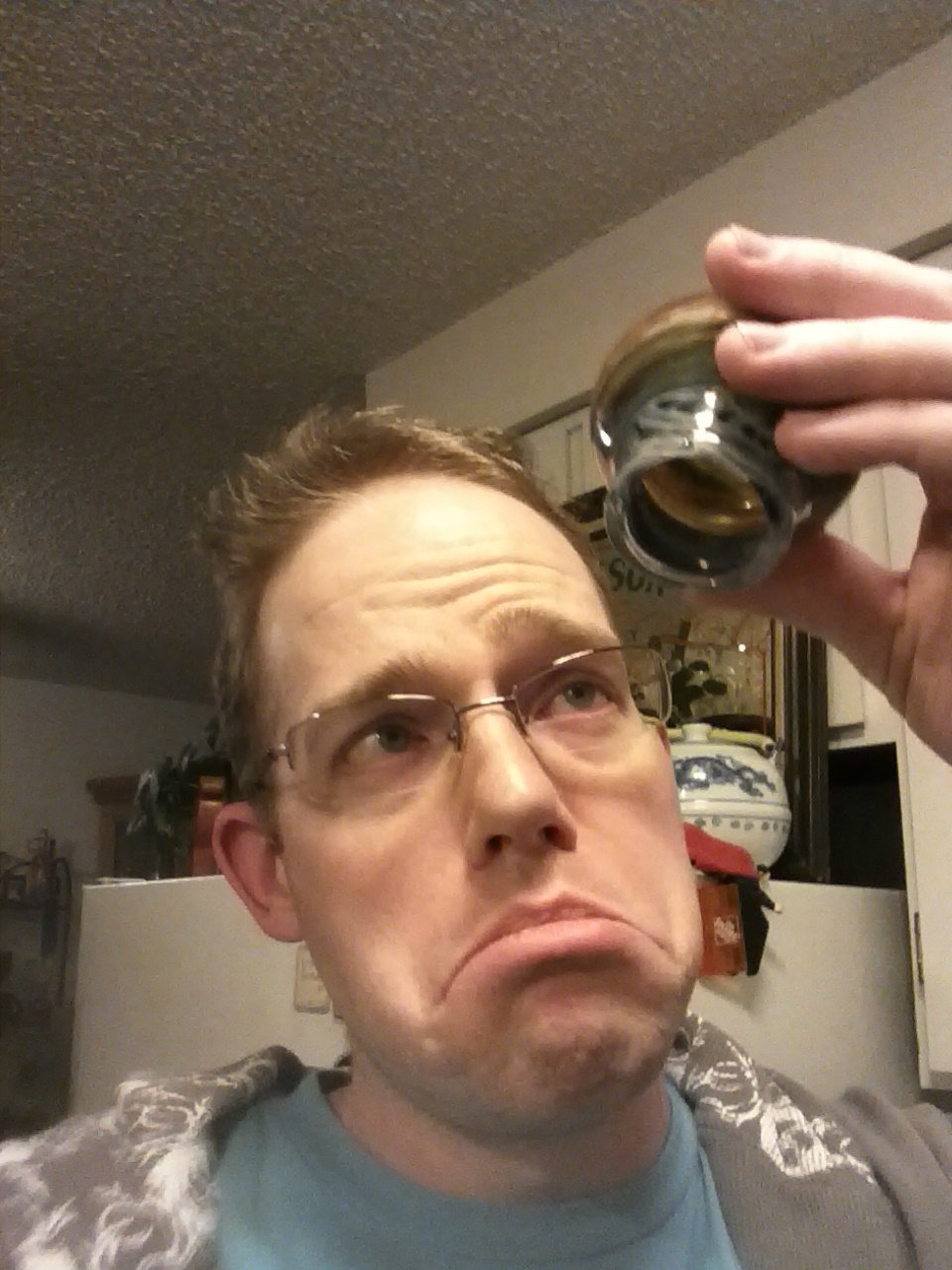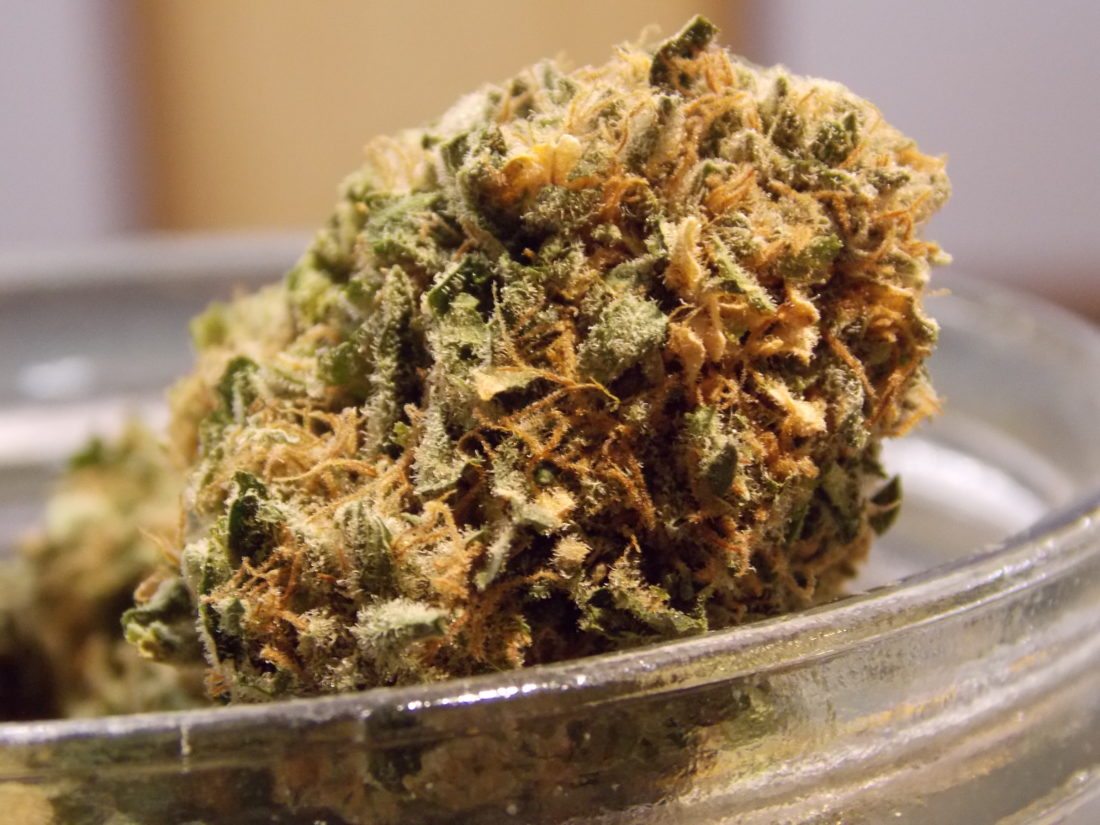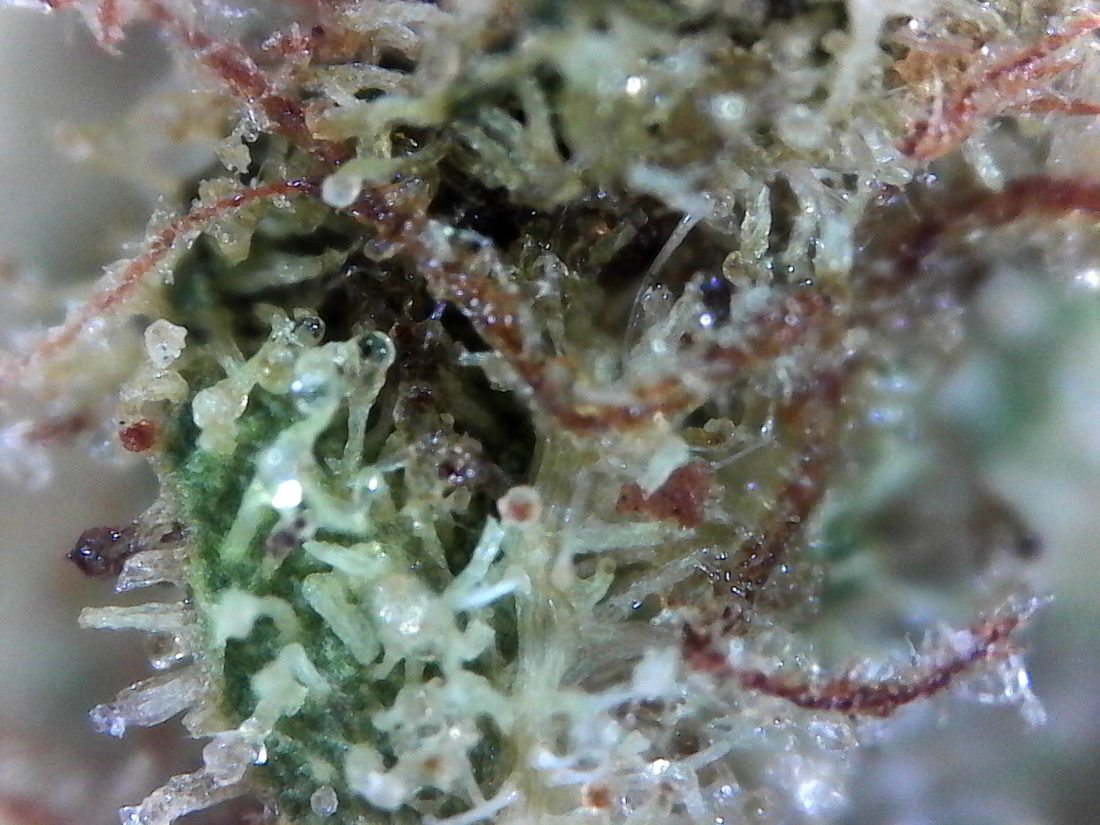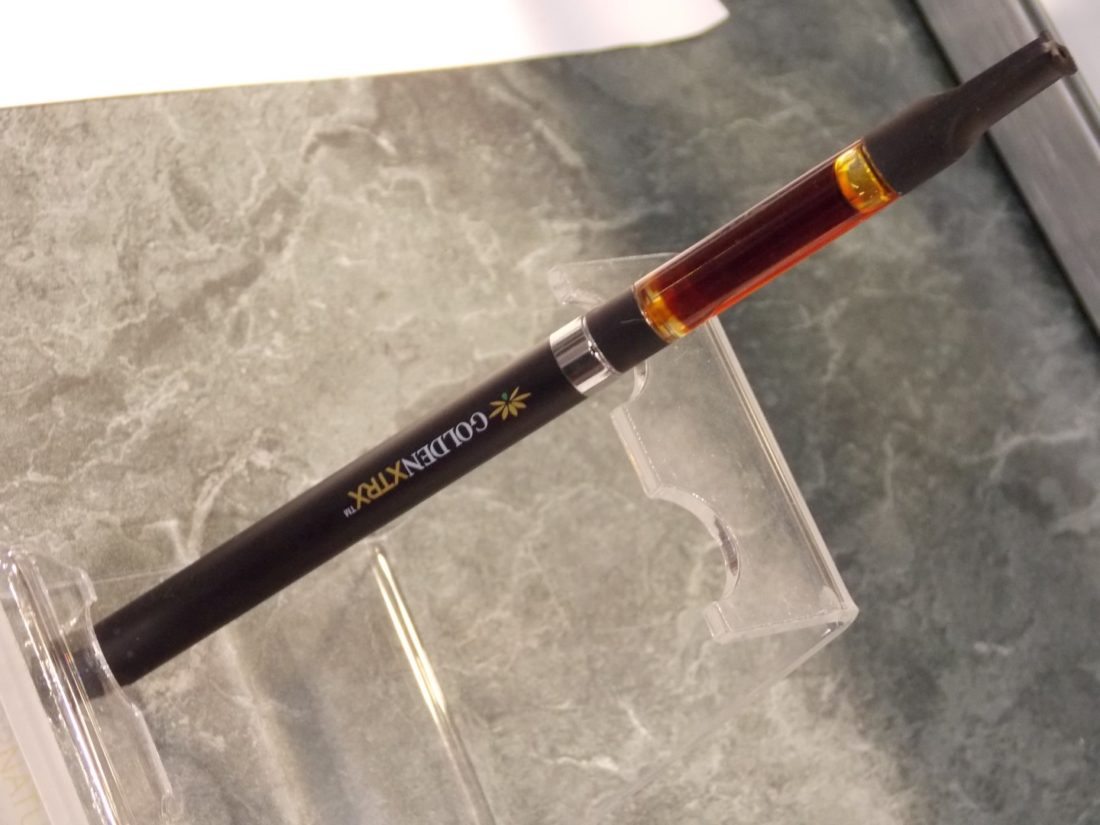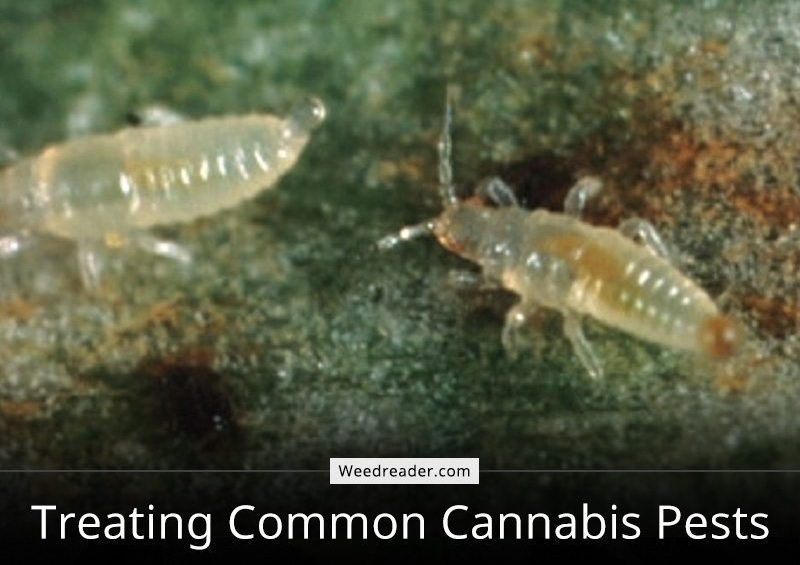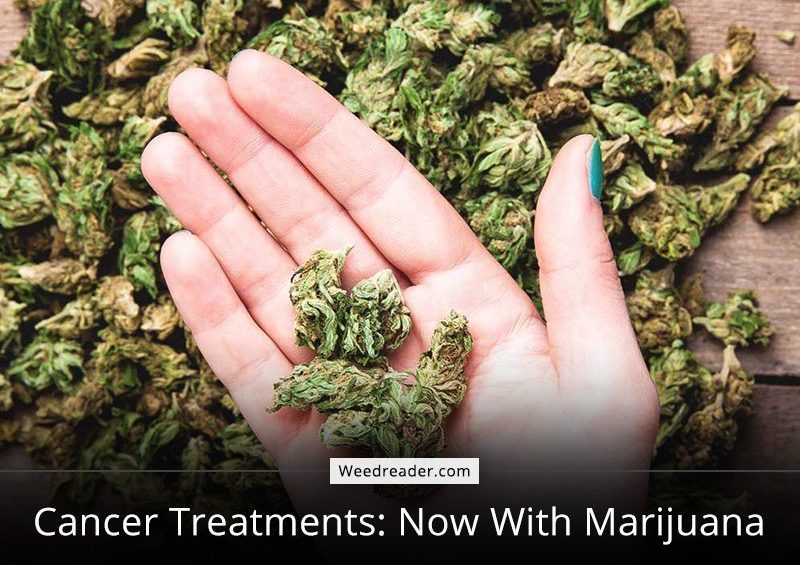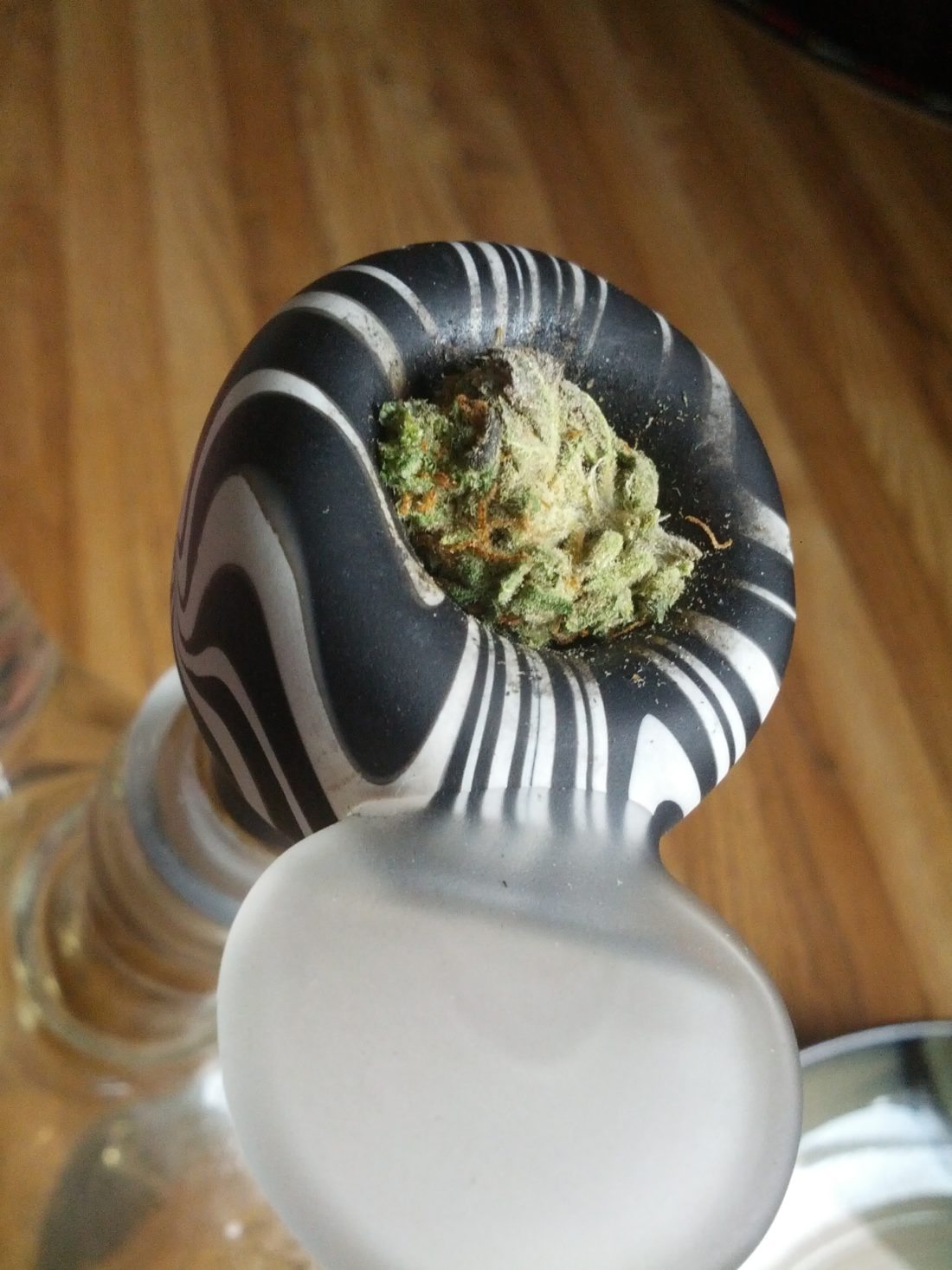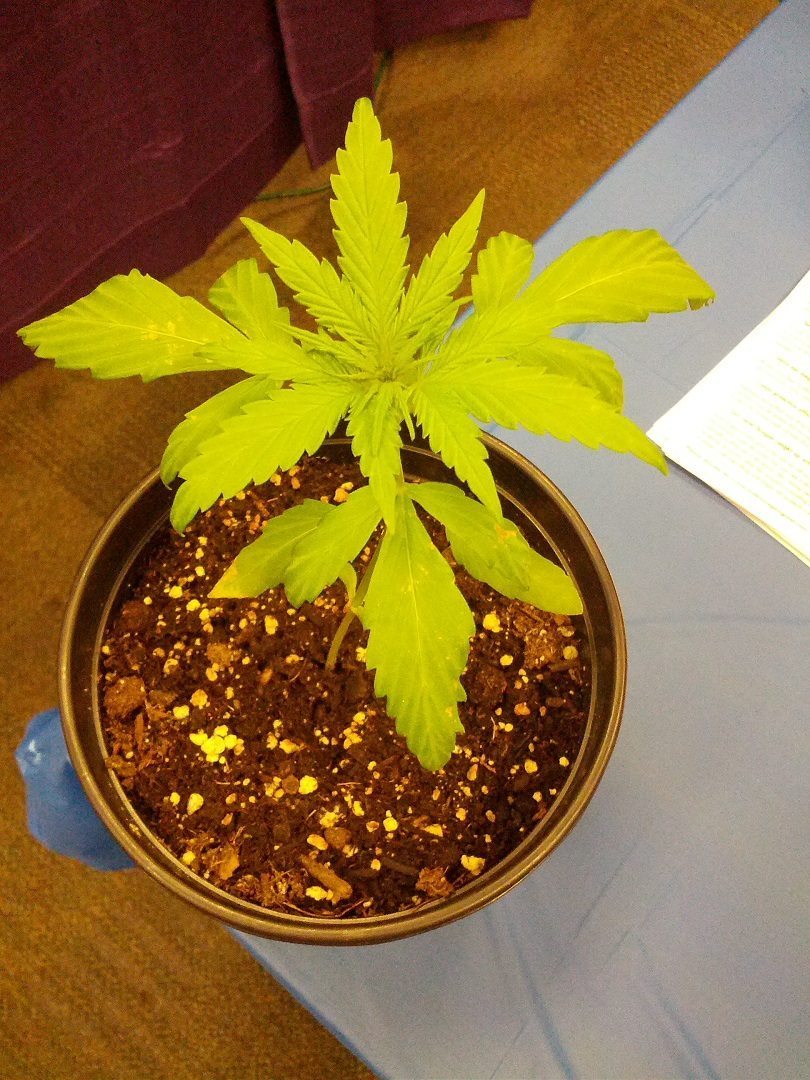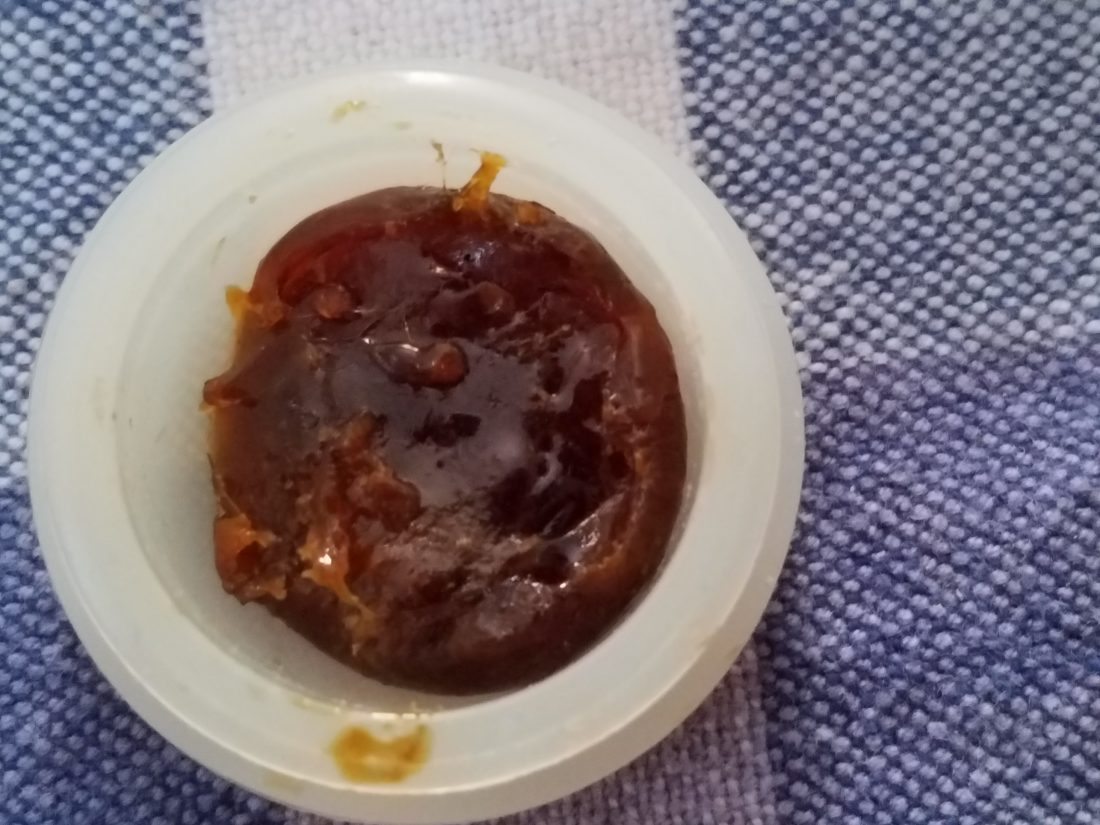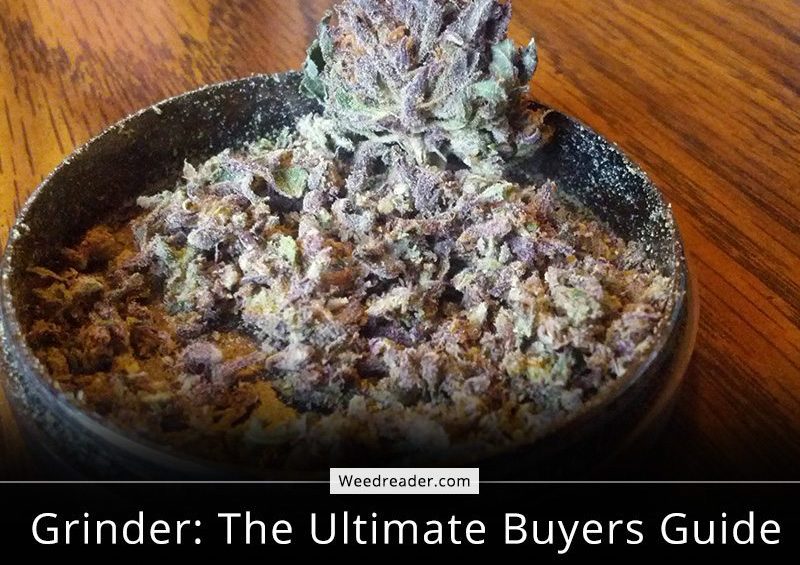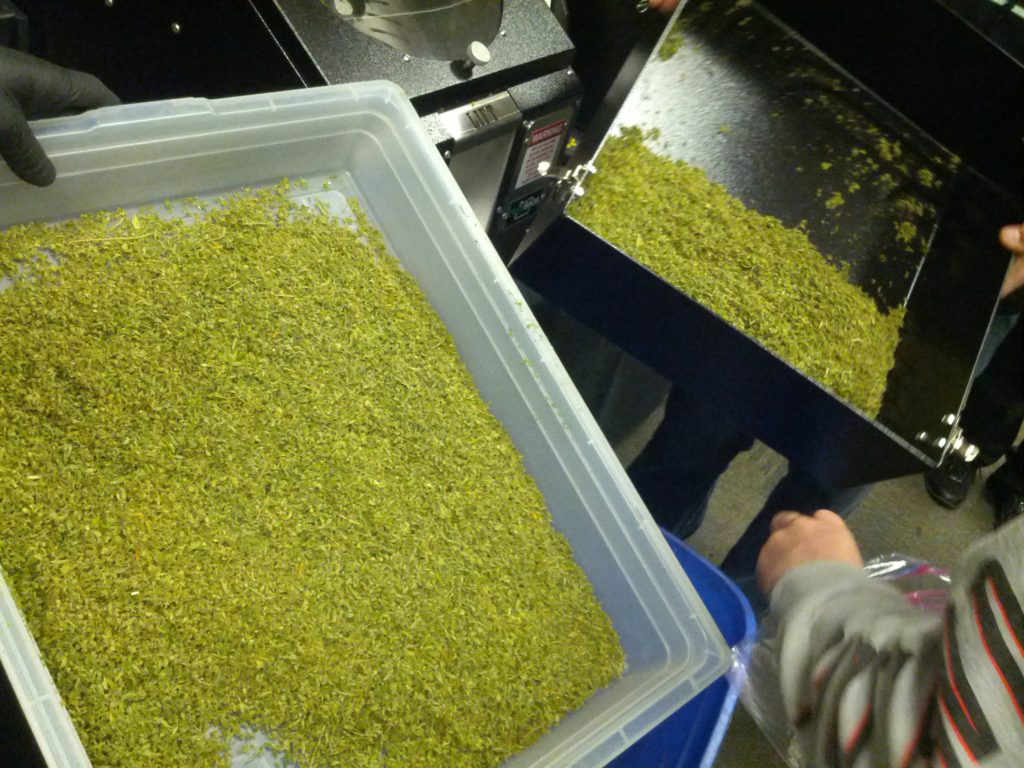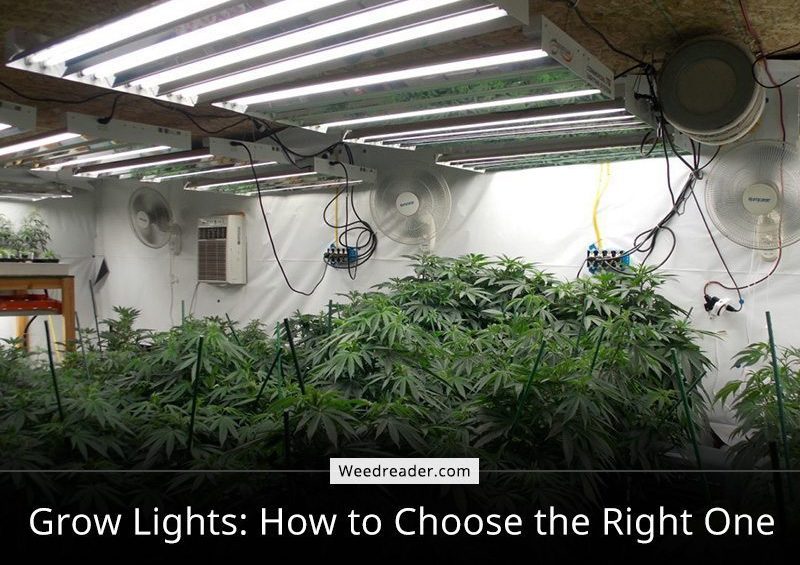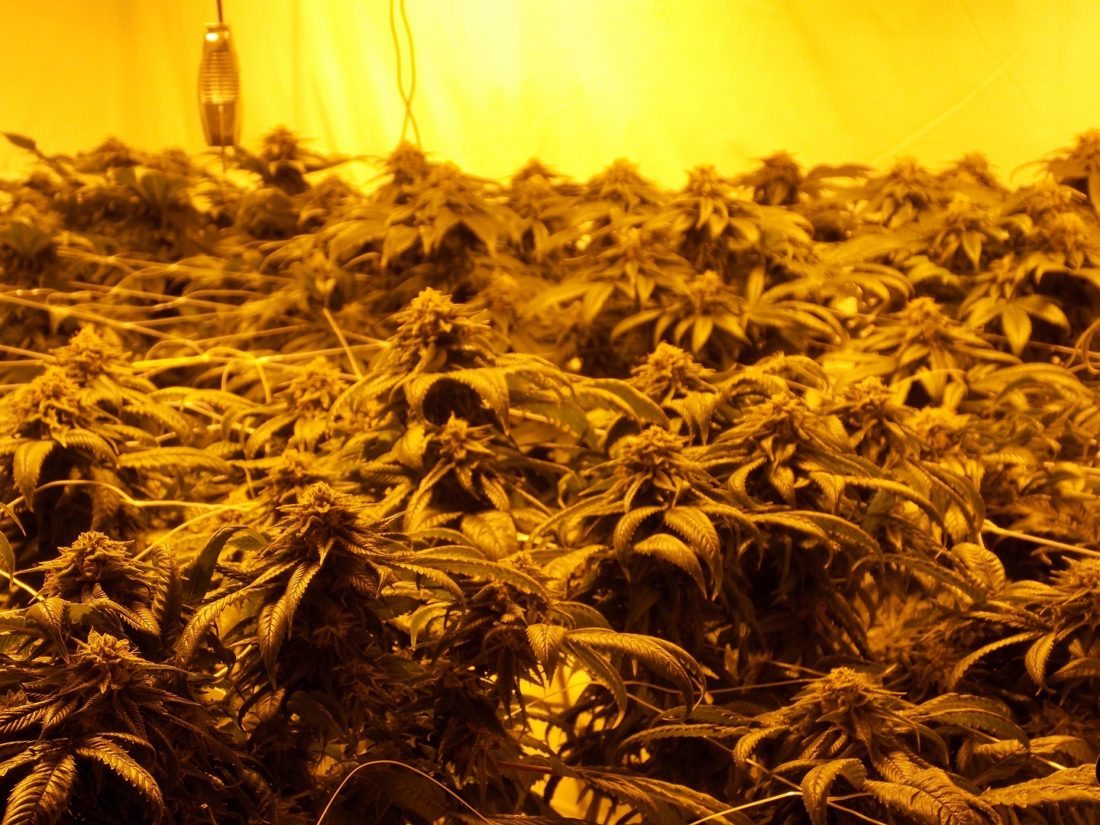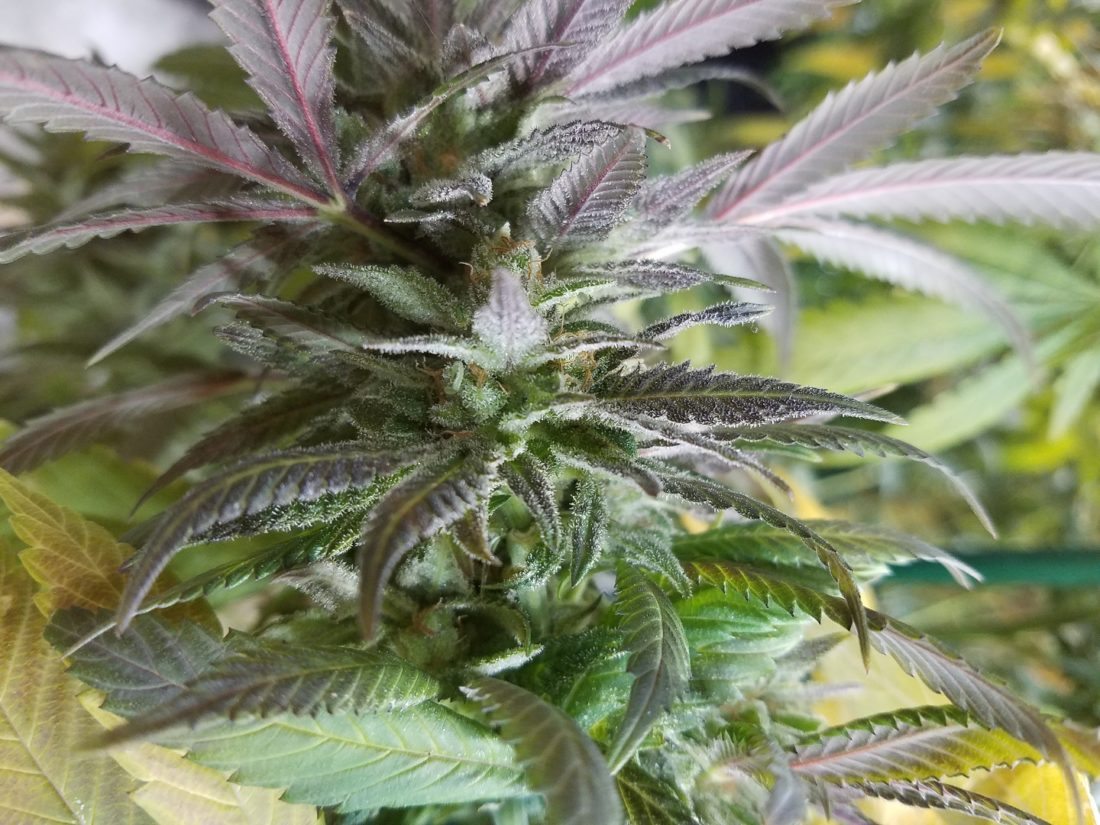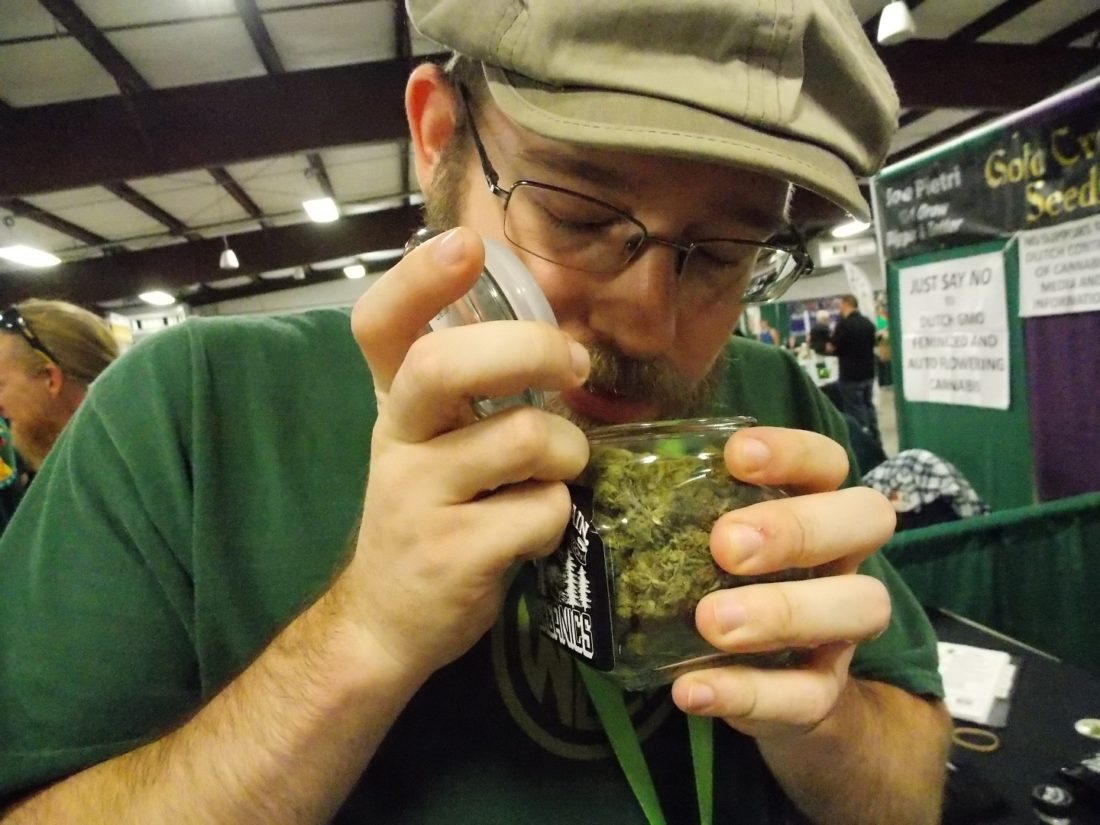What are 420 celebrations to you?
The number 420 itself has come to represent a lot to the cannabis community. Twice every day, stoners remark “Happy 4:20” to each other. or otherwise having 420 celebrations. But why do they do that? Ask a smoker and the response can range from a simple “I dunno” to a lengthy explanation of college hippies, police codes and secret meetings in the 60’s.
The number has become so embedded in popular stoner culture that every April, cannabis users from all walks of life view April 20th as an actual holiday. They request time off, book events, invite friends, and otherwise celebrate like any other holiday. Except this one the main goal is to get high, like really, really high.
420 is bigger than the cannabis community.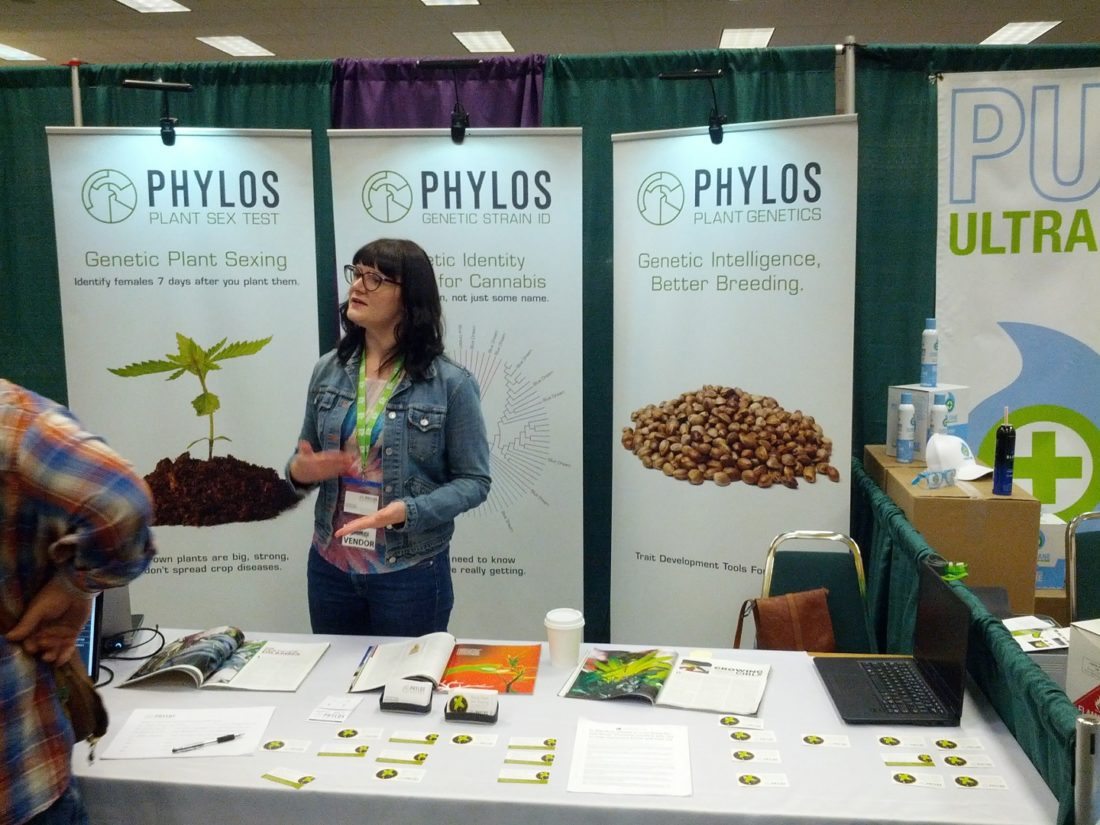
Even people who don’t consume marijuana associate 420 with cannabis culture. Many bosses know why their employees suddenly ‘get sick’ and call in to work in the mid April. Word of mouth and social media has made 420 celebrations truly global. It can be almost impossible for someone to get out of work for the holiday without getting called out as a pot head.
420 has become a celebration of consumption.
Friends gather together and smoke as many bowls as seems fitting. Just like Superbowl parties, Halloween jamborees and 4th of July celebrations, 420 has a social focus. Even people who don’t hang out make the effort to see each other for the holiday. The popularity of 420 celebrations with consumers has been embraced by retailers.
Even Snoop Dogg performs special concerts for the holiday. Rappers aren’t the only ones getting in on the sales. The best business day for any dispensary is April 20th and almost all have specials. The deals can range from a single strain on discount to a full line of pre-rolls for $4.20 with music, food and all sorts of games.
What is 420 really about?
Unlike most religious holidays, the meaning behind the numbers are multiple. 420 is a police code, a secret meeting time and a code word all wrapped up in one. As stoners repeat these stories, they work to add a sense of mystery and intrigue to the holiday. The multiple origin legends boost off of each other, creating a mystery behind the ‘true origin’ that wouldn’t otherwise exist.
Instead of sharing a single origin story (like with Christmas or Easter), people engage in flowing conversations about the origins that shift and evolve as they go. This is partly due to the short attention span stoners are known for. But it’s also because there is always someone new entering the conversation who has heard different parts of the story.
Prohibition has been big for the 420 community.
America has a pretty bad track record when it comes to respecting stoners. In states like California (where recreational sales were recently legalized), getting caught with some weed could get you behind bars. The controversial ‘three strikes’ policy made life sentencing a real threat. Yet the threat of prison didn’t stop people from smoking, it just made them hide it.
When people have to fear incarceration for celebrating, it tends to make them less inclined to make a big deal about smoking weed. Yet even in the early 200’s when Operation Pipe Dreams was big news, people still held 420 celebrations, concerts and all sorts of gatherings.
420 Reform has actually helped kids.
As more and more states pass marijuana reform, people have taken notice how much better the communities have been. 31 states provided less state funding per student in 2014 than in 2008, and in at least 15 states, the cuts to school funding exceeded 10 percent. Yet schools in states like Washington and Oregon (among others) have had millions of dollars added to their budgets from weed taxes.
Also, with less parents going to jail, there are less children going into state agencies like foster care. This frees up a lot of time and energy for social workers to focus on the ones that need them. And since the parents aren’t in jail, they can keep on working and paying their taxes instead of becoming a drain on the state.
Some cities are taking a better approach to 420 celebrations.
Some towns engage with their stoner populations better than others which can morph the conversation. In cities like Denver, Seattle or Portland, there are all sorts of events. These cities embrace the revenue that stoners provide and work to allow safe consumption. Stoners flock to these areas when on vacation or looking to relocate which provides a very real economic boost.
In Denver recently, the city partnered with law enforcement, Mothers Against Drink Driving, dispensaries and Uber to provide a safe way for people to get around during 420 celebrations. Instead of driving intoxicated, riders were offered a $4.20 discount on fares. The effort was a resounding success and steps are underway to make similar arrangements in the future.
420 isn’t going anywhere.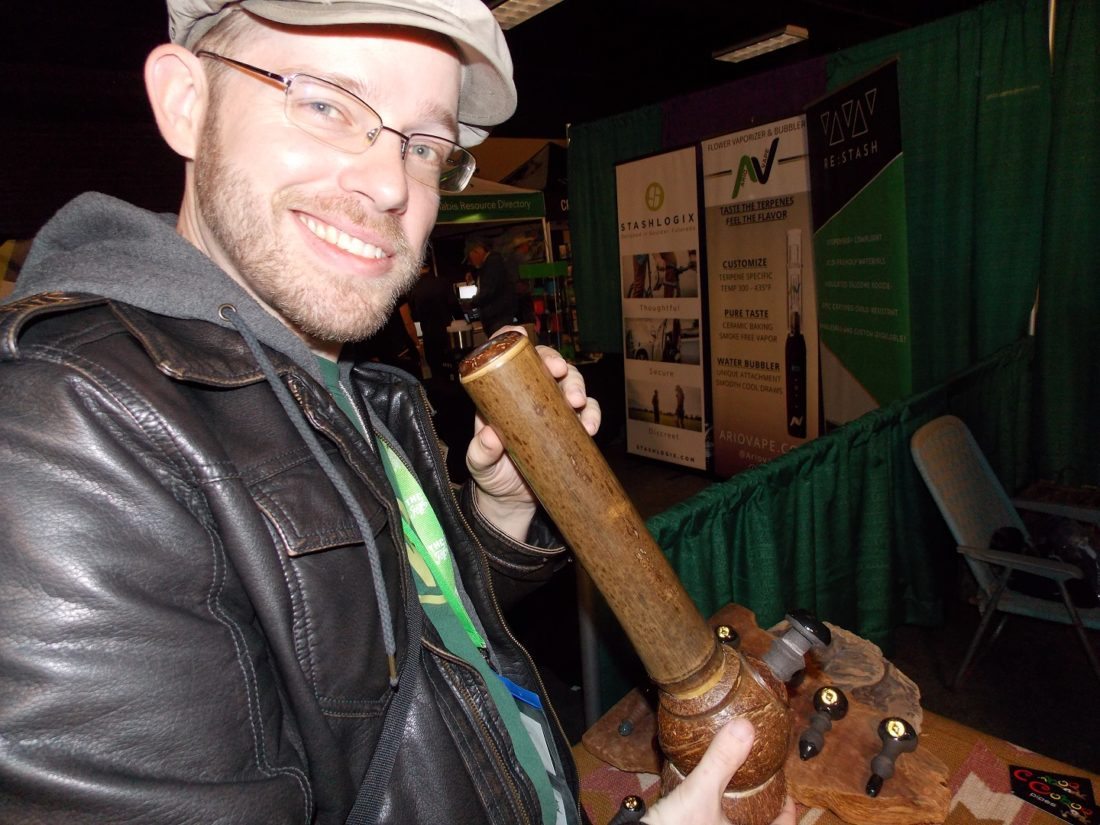
In small towns and cities where cannabis is less loved, consumers still host extravagant parties or simply get together and smoke out every day. 420 became a cultural phenomenon long before legalization so people have had a long time to think of ways to celebrate without drawing much attention. Even if the federal government (read Jeff Sessions) cracks down on states and starts a new crusade, the community will find a way.
It wasn’t too long ago that hikes, spring festivals and camping were the only places stoners could openly consume. If need be, we can always go back to that. But for now, we get Snoop Dogg concerts and great deals on legal weed.
Remember to consume responsibly and let us know how you enjoyed the 420 holiday. Thanks for reading and Happy 420!


